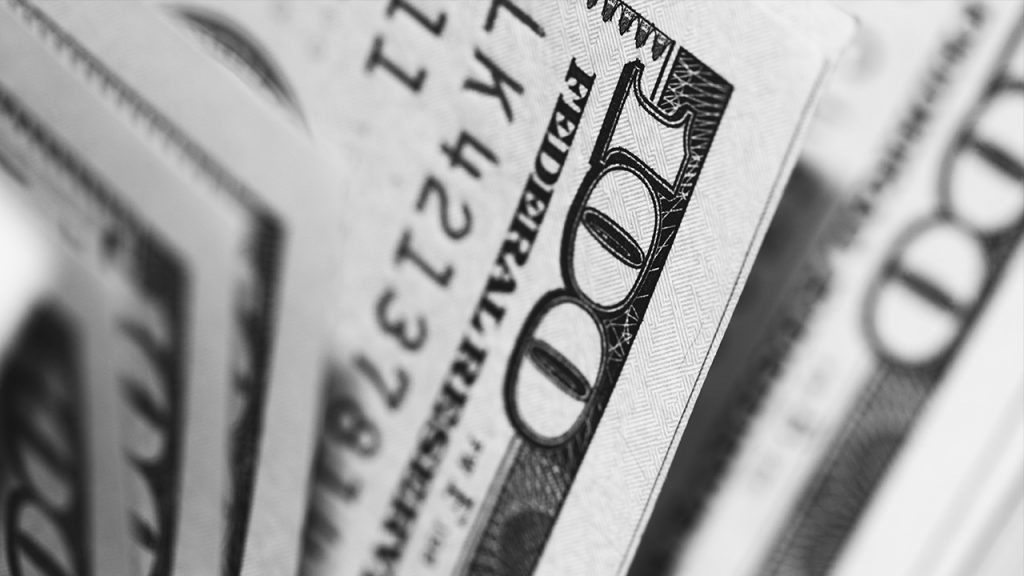

Everyone is aware of the incredible returns that Berkshire Hathaway has provided shareholders during the past fifty years that Warren Buffet has run the company. In the late 1960s, when Warren Buffett became CEO of Berkshire Hathaway, shares in the company were trading at under $20. Today, shares trade around $200,000. During the same period of time, the S&P 500 Total Return Index went from around 38 to 3800. While the S&P 500 increased 100-fold, Berkshire Hathaway increased 10,000-fold. That is what I call value added.
But how well did Berkshire Hathaway perform before Warren Buffett took over the company? Had the company performed well even before Warren Buffett took over, or did Buffett change the company’s performance dramatically?
Berkshire Fine Spinning Associates is Formed
Berkshire Fine Spinning Associates Inc. incorporated under Massachusetts laws in 1929 as a consolidation of Berkshire Cotton Manufacturing Co., Valley Falls Co., Coventry Co., the Greylock Mills, and Fort Dummer Mills. The company changed its name to Berkshire Hathaway in 1955 when it acquired Hathaway Manufacturing Co.
Berkshire Fine Spinning Associates Inc. manufactured fine grades of cotton textiles and specialized in fine lawns, batistes, nainsooks, organdies, dimities, handkerchief cloths, broadcloths, oxfords, sateens, rayon and silk mixtures. Plants were located in New Bedford, Massachusetts.
Berkshire offered 33,000 shares of common stock in 1929 at $40 per share as well as 4,860 shares of 7% Preferred stock, also at $40 per share. Unfortunately, the shares were offered in the middle of the 1929 bull market, and the share price collapsed soon after. In November 1929, the ask price for Berkshire stock was still at $40, but in November of 1931, shares sank to $0.50. Sales for the company declined and Berkshire ran losses until 1936.
As late as 1940, shares traded as low as $3, but profits and the share price picked up with the war. Berkshire did well enough that it was able to reinitiate a regular dividend in 1942 (the dividend had been suspended in March 1930), and in September 1947, the company had a 3-for-1 split. Of course, the split marked the high mark for Berkshire and the stock began a downward trend that lasted until 1962.
The graph below shows the performance of Berkshire Hathaway Inc. stock from 1929 until 1967 when Warren Buffett took over the company. As you can see, there was little change in the stock price in the forty years before then. Berkshire lost money between 1930 and 1936, and it lost money in 1957, 1958 and 1961 to 1963. Despite the fact that sales had tripled between the 1930s and the 1960s, there was no comparable increase in profits. In 1963, Berkshire stock was still trading below the price it had been offered at in 1929!
Buffet Buys Berkshire
Buffett began buying shares in Berkshire Hathaway at less than $8 in 1962 and by 1966, Buffett and his partners had taken over the company.As soon as Buffett took over Berkshire, he began focusing on insurance and other businesses rather than textiles. Buffett had invested in American Express when Anthony de Angelis’s fraud caused the price of American Express to drop dramatically in 1964. In the 1970s, Buffett expanded his investments to include media companies (The Washington Post and ABC) as well as other companies that fit his investment criteria. The final Berkshire mill was closed down in 1985.
Berkshire Hathaway paid a regular dividend between 1942 and 1960 when the dividend was suspended due to losses. Buffett paid a $0.10 dividend in November 1967, but that was the only dividend the company ever paid under Buffett. Thenceforward, profits were reinvested in the company to allow the share price to grow. Buffett lived off of his $50,000 salary and outside investment income.
Berkshire Hathaway stock continued to trade OTC until October 1976 when it listed on NASDAQ. The shares moved to the New York Stock Exchange in November 1988 and in May 1996, Berkshire issued lower-priced Class B shares to investors who could no longer afford to buy a share of Berkshire Hathaway, Class A shares, which by that time had risen in price to $35,000.
Berkshire Booms
The impact of Buffett on Berkshire was incredible. Shares in Berkshire which had gone nowhere for 40 years began increasing at a rapid pace. The stock closed at $18.625 in 1966. Shares first broke the $100 mark in 1977, the $1000 mark in 1983, the $10,000 mark in 1992 and the $100,000 mark 2006. Shares now trade around $200,000.
Buffett could have bought any company and the results would have been the same. As soon as Buffett took over Berkshire Hathaway, he began to focus on other businesses and ignore the company’s core manufacturing business. In fact, at one point, Buffett said that buying the textile business had been the worst trade of his life. I guess everyone is allowed one mistake.



